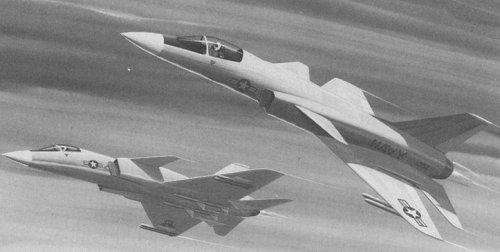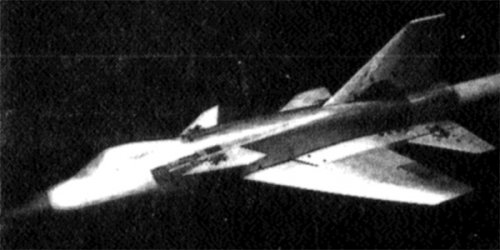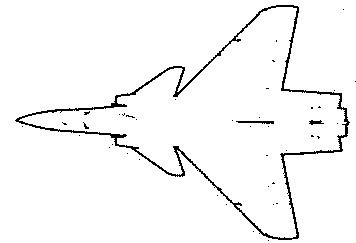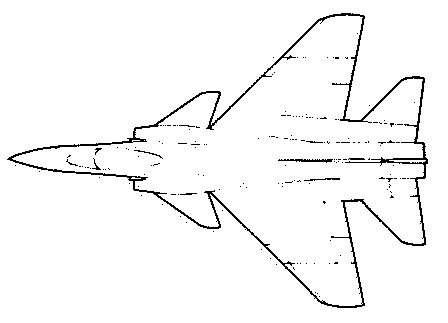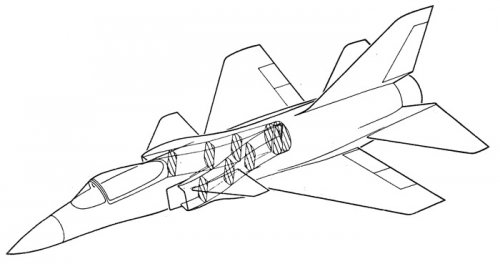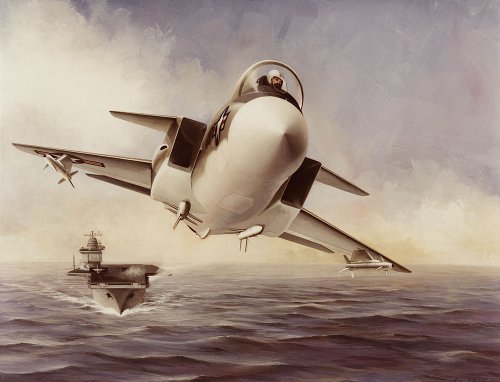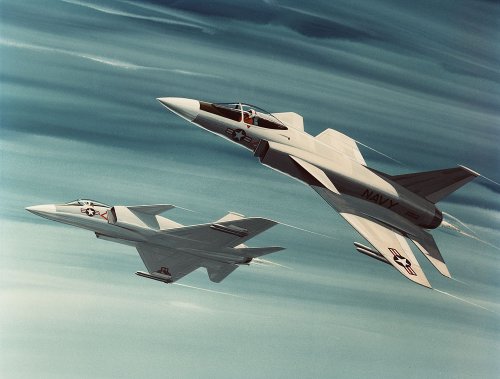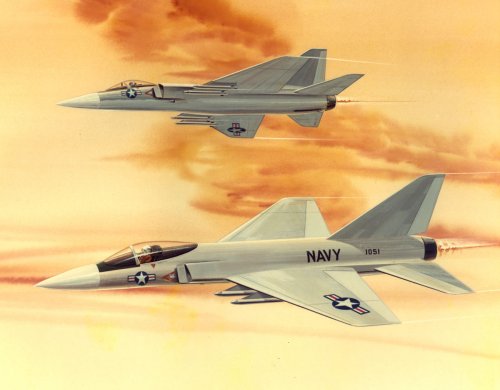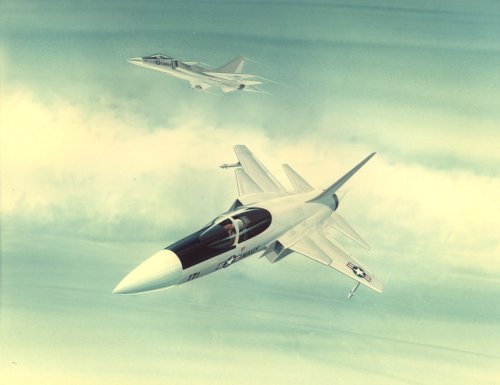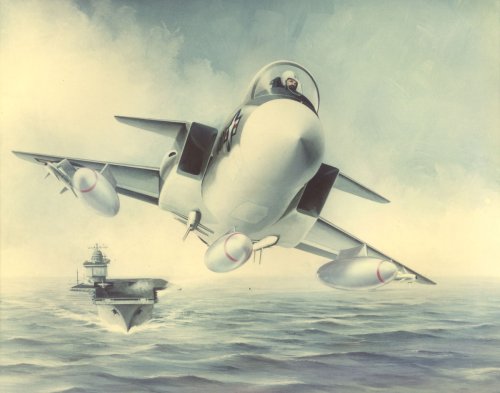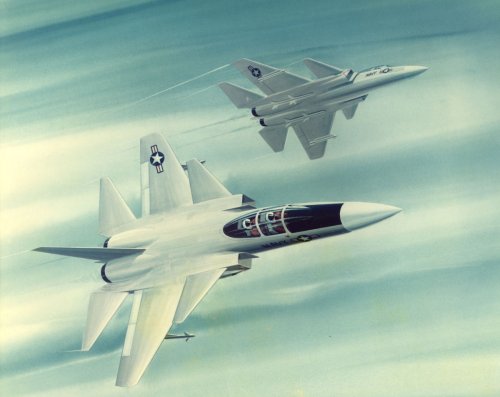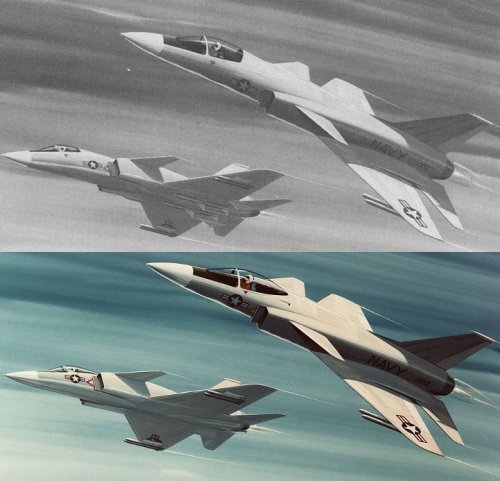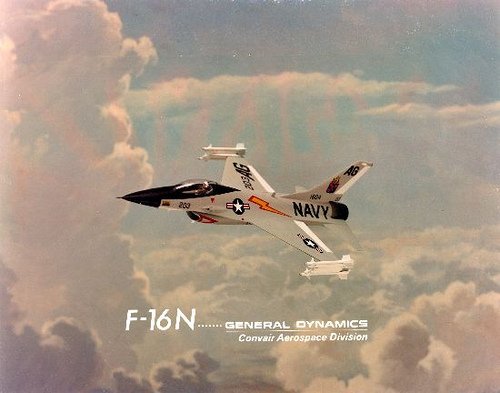- Joined
- 27 December 2005
- Messages
- 16,924
- Reaction score
- 21,797
Came across the following in Air International.
Seven companies responded to the VFAX RFP for unfunded proposals for a Mach 1.6 aircraft with 28,000-30000lb weight an unit cost less that $6 million in 1975 dollars over a 400 aircraft program.
General Dynamics submitted two designs; a stretched YF-16 called Model 18 from Fort Worth and the Model 218 from Convair, based on the Model 200 VSTOL fighter.
Rockwell submitted a proposal that was largely a conventional derivative of the XFV-12.
Northrop proposed the P.630, a larger derivative of the YF-17.
McDonnell-Douglas submitted a canard equipped design with a family resemblance to the F-15.
Grumman & LTV also submitted responses (no details).
Source:
Airscene, Air International November 1974
Seven companies responded to the VFAX RFP for unfunded proposals for a Mach 1.6 aircraft with 28,000-30000lb weight an unit cost less that $6 million in 1975 dollars over a 400 aircraft program.
General Dynamics submitted two designs; a stretched YF-16 called Model 18 from Fort Worth and the Model 218 from Convair, based on the Model 200 VSTOL fighter.
Rockwell submitted a proposal that was largely a conventional derivative of the XFV-12.
Northrop proposed the P.630, a larger derivative of the YF-17.
McDonnell-Douglas submitted a canard equipped design with a family resemblance to the F-15.
Grumman & LTV also submitted responses (no details).
Source:
Airscene, Air International November 1974

